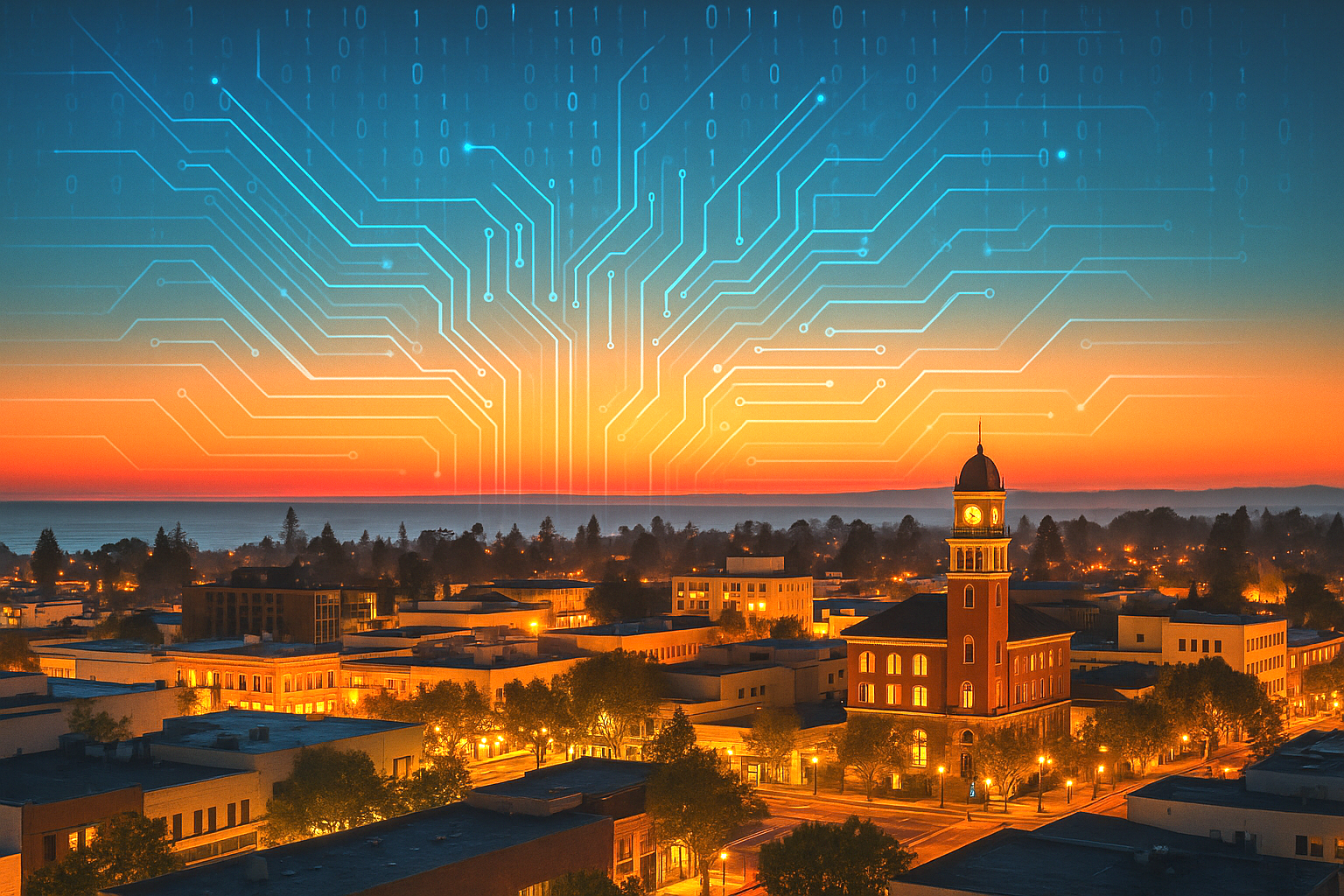Santa Cruz Got the Future Half Right
Why Digital Literacy Isn’t Enough in the Age of AI
The Santa Cruz County Workforce Development Board Strategic Plan 2025–2030 deserves credit for recognizing something essential: digital literacy is no longer optional. The report captures the truth that the modern economy runs on connectivity, data, and technology fluency—and that without those skills, residents risk being left behind. It wisely calls for stronger training pipelines, better access to technology, and more equitable participation across communities, especially for youth, immigrants, and rural workers.
But what it doesn’t yet do—what no local plan has fully done—is confront the deeper transformation already underway. Digital literacy is table stakes. Artificial intelligence is the game.
The distinction matters. Teaching people how to use digital tools—spreadsheets, online platforms, coding languages—prepares them for a world where technology assists human work. Teaching them how to use, manage, and interpret AI prepares them for a world where technology does human work. Santa Cruz, like every region navigating economic transition, will need to decide which future it’s building for.
AI is not a distant abstraction. It’s here, already reshaping the very sectors that anchor Santa Cruz County’s economy. In healthcare, machine learning models triage patient data and predict outcomes. In education, generative AI tutors can personalize instruction for every student—or replace local educators if we’re not careful. In agriculture and logistics, automation guided by AI is reducing demand for routine labor even as it increases the need for technical oversight, data monitoring, and ethical regulation.
Nobel Committee Reminds Us
The 2025 Nobel Prize in Economics celebrates innovation as the engine of growth. In Santa Cruz, companies like Looker, Fullpower, Joby Aviation, and UC Santa Cruz prove that technology fuels prosperity—creating a 5x multiplier ripple effect across the local economy. READ
The county’s strategic plan identifies “Skills Gaps and Training Alignment” as a core priority. That’s exactly where AI belongs. Local training programs could integrate AI fluency—how to prompt, supervise, and collaborate with intelligent systems—into everything from community college curricula to job center workshops. Instead of teaching people to compete against automation, Santa Cruz could teach them to manage it. Instead of fearing AI displacement, it could design a workforce that benefits from AI augmentation.
Done well, this shift could strengthen both job quality and equity. AI can expand opportunity when it’s used to personalize career counseling, support language translation for immigrants, or streamline job matching for residents facing barriers. But left to the private market alone, it risks doing the opposite—amplifying inequality, replacing entry-level roles, and concentrating gains in a handful of firms far from the coast.
Santa Cruz’s strength has always been its mix of creativity, environmental stewardship, and human-scale innovation. The next evolution of that identity should be a regional AI strategy that builds on the foundation of digital literacy and extends it into true AI readiness. That means partnerships with UCSC researchers, incentives for small businesses to adopt AI responsibly, and retraining programs that reach those most vulnerable to automation.
The Strategic Plan got the diagnosis right: technology is now the bloodstream of the economy. But for Santa Cruz to build a truly sustainable future, it must go beyond learning to use digital tools—it must learn to shape, question, and direct the intelligence now embedded in them.


